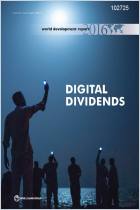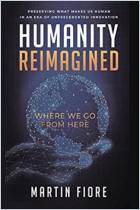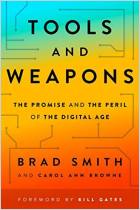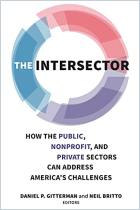Technology possesses tremendous power to shape society for good or ill. Here, two leading public interest technologists, Amy Sample Ward and Afua Bruce, outline how companies can deploy technology to improve the quality of people’s lives and solve social problems. They offer a wealth of insights, thought questions and case studies to illuminate how technological advancements can be used as tools of liberation instead of subjugation. The answer, in short, involves putting people, particularly vulnerable ones, at the center of decision-making.
Technology can help and harm.
Technology represents different things to different people: Some see it as a dangerous threat, some as hope for the future. Technology does produce enormous benefits, and it can power much-needed change. During the COVID-19 pandemic, it facilitated telemedicine, enabled registration for social services and provided connections to family during lockdown. But you shouldn’t assume technology always helps: It also reinforces inequalities, opens data to risk of breach, enables the rapid dissemination of dangerously inaccurate information and creates intended as well as unintended direct harms.
To live in the modern world, people have to interact with technology, whether they trust it or not. The tech that comes next must maximize benefit for all users and minimize harm. These qualities can result only from an intentional, collaborative process of development.
Adding more or better technology doesn’t necessarily increase its effectiveness.
Social impact organizations – companies that work to address local or global community needs like racial inequality, poverty, hunger, homelessness or climate change...
Afua Bruce is a leading public interest technologist whose work focuses on the intersection of technology, policy and society. Amy Sample Ward is CEO of NTEN, a nonprofit dedicated to supporting missions and movements through the skillful and equitable use of technology.





















Comment on this summary or Démarrer une discussion